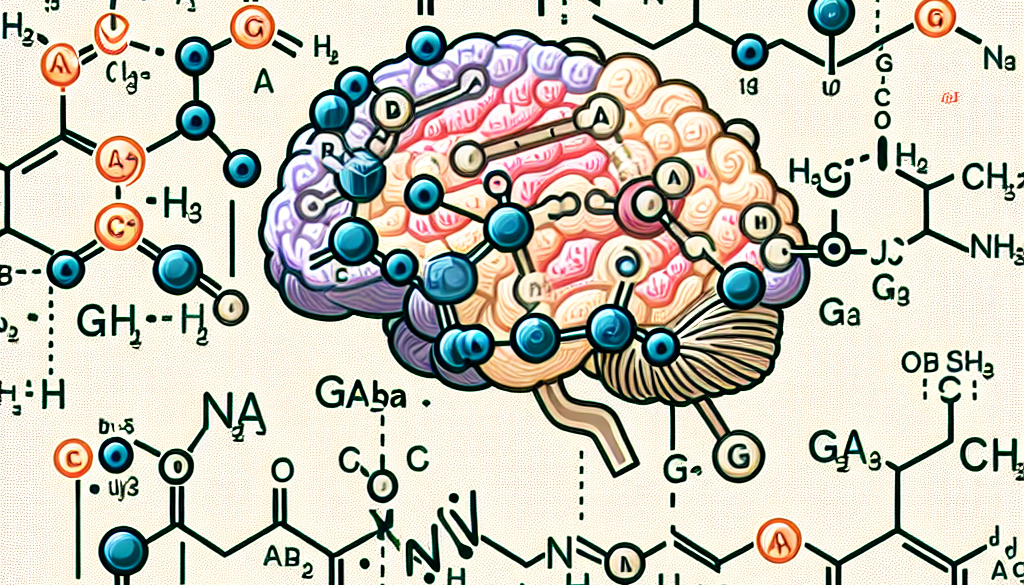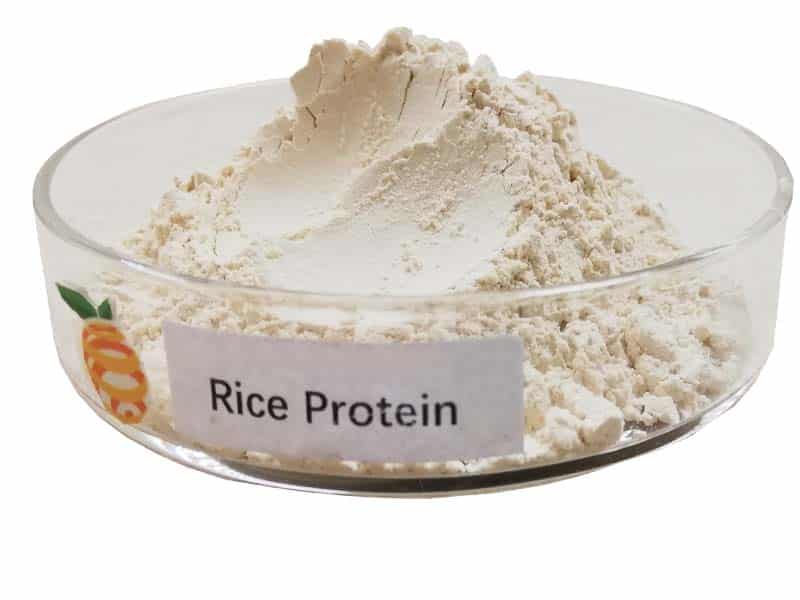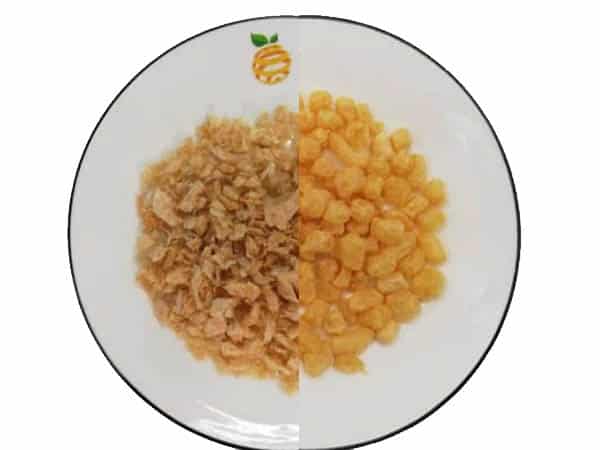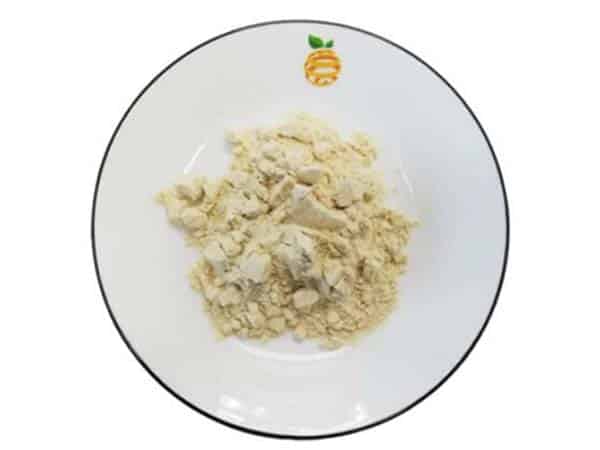Gamma Aminobutyric Acid Structure and Function Explained
-
Table of Contents
- Gamma Aminobutyric Acid: Structure and Function Explained
- Introduction to Gamma Aminobutyric Acid (GABA)
- The Chemical Structure of GABA
- Key Functions of GABA in the Human Body
- How GABA Works: Mechanism of Action
- Health Implications of GABA
- Therapeutic Uses of GABA
- Conclusion: Understanding GABA’s Role
- Explore ETprotein’s High-Quality Protein Products
Gamma Aminobutyric Acid: Structure and Function Explained
Introduction to Gamma Aminobutyric Acid (GABA)
GABA (Gamma Aminobutyric Acid) is a naturally occurring amino acid that functions as a neurotransmitter in the brain. It plays a crucial role in regulating neuronal excitability throughout the nervous system. In this article, we will delve into the structure and function of GABA, exploring its significance in the human body and its impact on health and disease.
The Chemical Structure of GABA
GABA is a simple molecule consisting of four carbon atoms, making it one of the smallest neurotransmitters. Its structure is characterized by an amino group (-NH2) and a carboxyl group (-COOH), typical of amino acids. However, what sets GABA apart is its functional group, known as a butyric side chain, which influences its role as a neurotransmitter.
Key Functions of GABA in the Human Body
- Neurotransmitter Role: GABA is the primary inhibitory neurotransmitter in the brain, meaning it reduces the activity of neurons to which it binds. This action helps maintain a balance between neuronal activity and calmness.
- Regulation of Muscle Tone: GABA is involved in controlling muscle tone and can help prevent muscle spasms.
- Developmental Roles: During the development of the brain, GABA plays a critical role in growth and development.
- Modulation of Other Neurotransmitters: GABA can influence the levels and activity of other neurotransmitters, such as serotonin and dopamine, thereby affecting mood and emotional states.
How GABA Works: Mechanism of Action
GABA operates primarily through its interactions with GABA receptors, which are protein molecules on the surfaces of neurons. There are two main types of GABA receptors: GABAA and GABAB. GABAA receptors are ionotropic, meaning they allow the flow of charged particles across the neuronal membrane, leading to a decrease in neuronal activity. On the other hand, GABAB receptors are metabotropic, which means they work through secondary messenger systems and generally have a more prolonged inhibitory effect on neurons.
Health Implications of GABA
- Anxiety and Mood Disorders: Due to its inhibitory effects on the nervous system, GABA has been linked to the regulation of anxiety and mood disorders. GABAergic drugs are often used in the treatment of these conditions.
- Epilepsy: GABA’s ability to inhibit neuronal activity is beneficial in preventing epileptic seizures, which are caused by excessive electrical activity in the brain.
- Sleep: GABA also plays a role in sleep regulation. Increased GABAergic activity is associated with relaxation and sleep induction.
Therapeutic Uses of GABA
GABA supplements are popularly used for their calming effects, to promote better sleep, and to improve mood. They are often marketed as natural remedies for anxiety and stress. However, the effectiveness of these supplements in crossing the blood-brain barrier and influencing brain GABA levels is still a subject of scientific research.
Conclusion: Understanding GABA’s Role
Gamma Aminobutyric Acid is a fundamental component in the complex machinery of the brain and central nervous system. Its role as an inhibitory neurotransmitter allows it to regulate various physiological and psychological processes, making it a key area of interest in neuroscience and pharmacology. Understanding GABA’s structure and function can help in developing targeted treatments for numerous neurological and psychological disorders.
Explore ETprotein’s High-Quality Protein Products
If you are interested in enhancing your health regimen, consider exploring ETprotein’s range of high-quality protein products. Their extensive selection includes organic and allergen-free options, perfect for various dietary needs and preferences. Enhance your nutrition with ETprotein’s trusted products today.
ETprotein is Gamma-Aminobutyric Acid Factory Manufacturer and Supplier in China, Check further information by visiting the Gamma-Aminobutyric Acid Product Page
Gamma-Aminobutyric Acid Product Page
Request Quotation and Samples of Gamma-Aminobutyric Acid from ETprotein
About ETprotein
ETprotein, a reputable protein and elite nutrition ingredients Gamma-Aminobutyric Acid Chinese factory manufacturer and supplier, is renowned for producing, stocking, exporting, and delivering the highest quality organic bulk vegan proteins and elite nutritional ingredients Gamma-Aminobutyric Acid. They include Organic rice protein, clear rice protein, pea protein, clear pea protein, watermelon seed protein, pumpkin seed protein, sunflower seed protein, mung bean protein, peanut protein. Their offerings, characterized by a neutral taste, non-GMO, allergen-free attributes, cater to a diverse range of industries. They serve nutraceutical, pharmaceutical, cosmeceutical, veterinary, as well as food and beverage finished product distributors, traders, and manufacturers across Europe, USA, Canada, Australia, Thailand, Japan, Korea, Brazil, and Chile, among others.
ETprotein specialization includes exporting and delivering tailor-made protein powder and finished nutritional supplements. Their extensive product range covers sectors like Food and Beverage, Sports Nutrition, Weight Management, Dietary Supplements, Health and Wellness Products, and Infant Formula, ensuring comprehensive solutions to meet all your protein needs.
As a trusted company by leading global food and beverage brands and Fortune 500 companies, ETprotein reinforces China’s reputation in the global arena. For more information or to sample their products, please contact them and email sales(at)ETprotein.com today.












